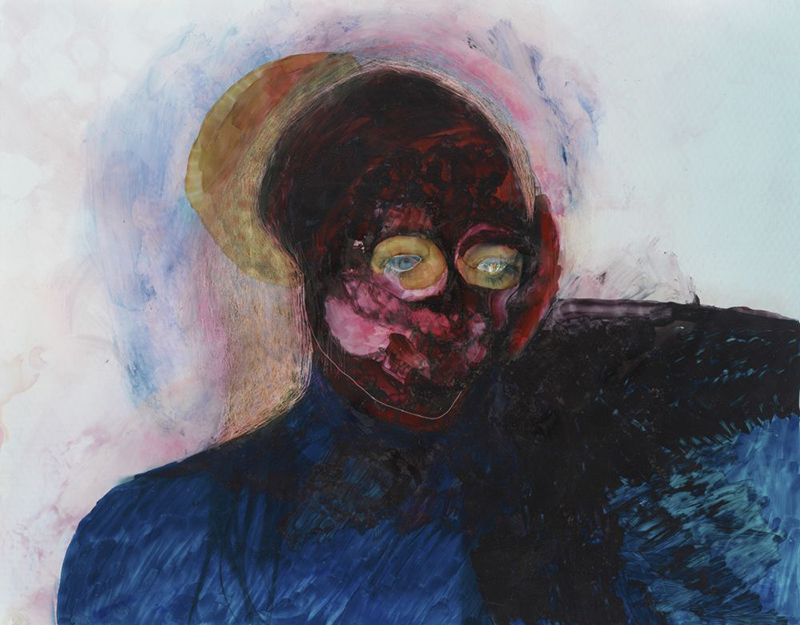
(English version included below)
Unseen, la Mecque amstellodamoise de la photographie est-elle vraiment avant-gardiste ?
Chère lectrice, cher lecteur,
Parce que je te crois volontiers joueuse/joueur autant que vive/vif d’esprit, je te propose un article avec un quizz-editing. C’est toi qui devineras les images correspondantes aux concepts évoqués dans l’article. La raison n’en est pas que ludique, elle est même souterrainement perverse : c’est que certaines images, privées de leurs explications, me semblent d’une nature formelle indécise, propre à faire hésiter le spectateur. Voilà qui explique que les images soient rassemblées la fin de l’article. A toi de jouer, en sachant qu’il n’y aura pas d’erreurs, mais plutôt des interférences fécondes…
La foire internationale basée à Amsterdam et opportunément baptisée Unseen se présente comme une sorte de lieu à la pointe des nouvelles tendances de la photographie. En mode business, on appellerait ça un forum de l’innovation, plein de start-ups qui feront le monde de demain. On s’attend donc à une forme d’avant-garde de la photographie.
Mais au fait, ce serait quoi une photographie innovante ?
Ici, à Unseen, c’est souvent une photographie qui évacue le réel, feint de le pousser tout doucement vers le bord du précipice, pour mieux le retenir par le bras avant la chute hors de l’image, ne lui permettant d’exister que par de rares indices, ou à travers le discours qui décrit le processus d’engendrement de l’oeuvre.
La photographie fait parfois écho à ce slogan qu’avait adopté une marque de yaourts dans les années quatre-vingts : avec des vrais morceaux de fruits dedans. Ce qui deviendrait, appliqué à la photographie : avec des vrais morceaux de réel dedans, la redondance entre vrai et réel n’en étant peut-être même pas vraiment une, tant la validité de ce réel est remise en question (menacé de devenir le simulacre de lui-même, aurait dit Baudrillard).
Si le réel n’est plus une finalité mais plutôt un point de départ, une matière, voire un prétexte (au sens strict, un préalable au développement), deux grandes directions s’ouvrent alors : dissoudre le réel pour aller vers une étherisation de l’image (l’inframince, le presque rien) ou transformer le réel, que ce soit par altération ou par transformation/enchantement. Cette dernière voie générant des formes plus légères, presque pop, proches du décoratif.
Dans ce contexte de secondarisation du réel, le travail sur le processus de création des oeuvres (résultat d’une élaboration pensée et programmée), la recherche de supports originaux et l’invention de nouveaux gestes plastiques finissent par se combiner et passer au premier plan.
Bien souvent, la photographie échappe à sa planéité et mélange ses gênes avec d’autres mediums. Ici la couture, là la gravure sur verre. Plus loin encore, sa peau s’épanouit dans une solution liquide comme un specimen flottant dans le formol. Se jouer du cadre n’est même plus une audace…
C’est ici qu’un écart avec d’autres manifestations consacrées à la photographie commence à se dessiner : à Unseen, à de rares exemples près, la photo s’hybride peu avec le texte. Et de fait, on y trouve assez peu de photographie narrative (j’entends par là, une photographie qui raconte des histoires). Le « je » de l’artiste est rarement mis en avant. L’oeuvre et sa qualité visuelle priment, en faisant souvent l’économie de l’autobiographie.
C’est là que la foire se démarque assez fortement de festivals plus axés sur les histoires racontées par les photographes. Mais bien sûr, les finalités d’une foire ne sauraient être confondues avec celles d’un festival : la production visuelle ne doit pas seulement séduire ou convaincre, elle doit apparaître comme une valeur d’échange.
Force est toutefois de constater qu’avec le réel, ce sont aussi les contenus politiquement ou socialement engagés qui sont partiellement évacués. L’objet de beaucoup d’oeuvres présentées vise plus une subversion des formes qu’un questionnement politique en prise sur l’actualité. En apparence, luxe, calme et volupté plutôt que bruit, fureur et engagement.
Mais pour être franc, je suis de ceux qui pensent que l’art n’est pas plus profondément politique lorsqu’il brandit un contenu ouvertement militant ou qu’il adopte les modes d’expression de la revendication. Pour le dire autrement, à la manière dont il touche la conscience individuelle, un tableau de Rothko n’est pas moins politique qu’une performance de Valie Export.
En ce sens, la quête obstinée d’un invisible ou d’un encore-jamais-vu ne nous écarte pas du mouvement du monde. Car les révolutions visuelles d’un medium font écho aux moments de basculement du regard qui suivent les évolutions invisibles de nos civilisations.
Still Unseen.
Bruno Dubreuil avec la lecture attentionnée de Silvy Crespo
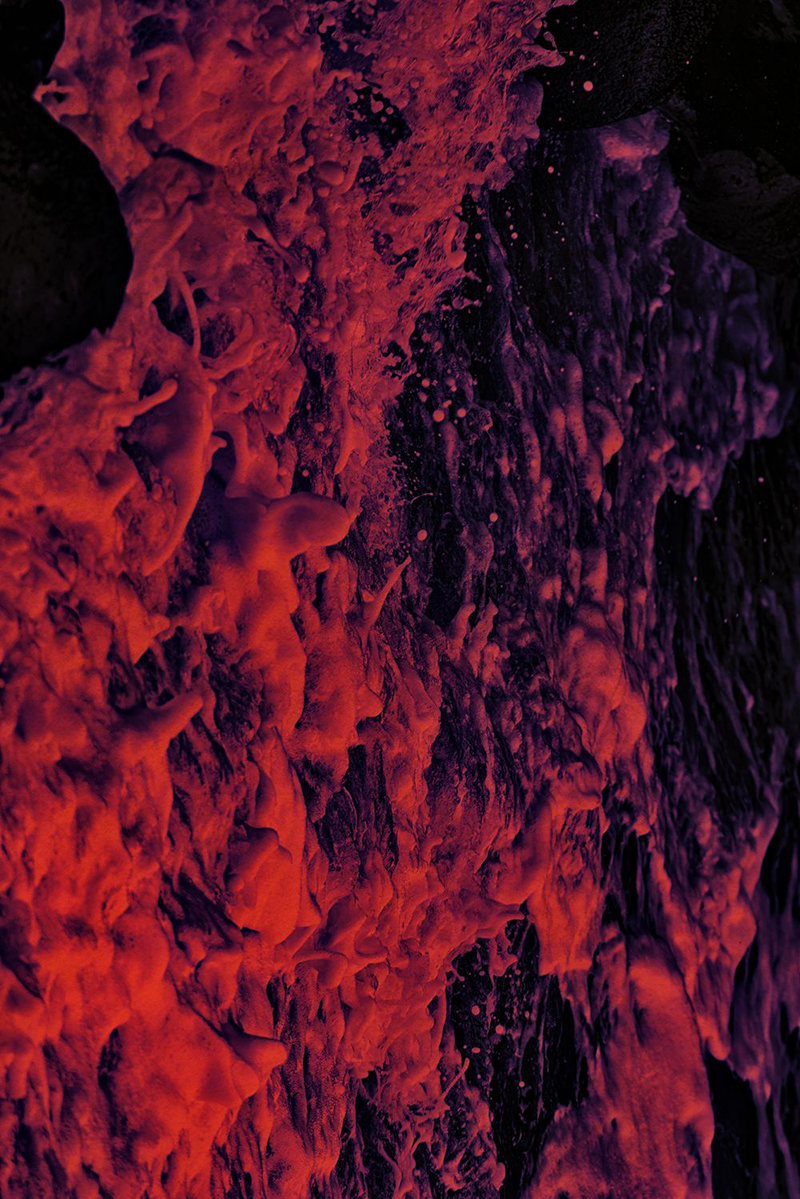
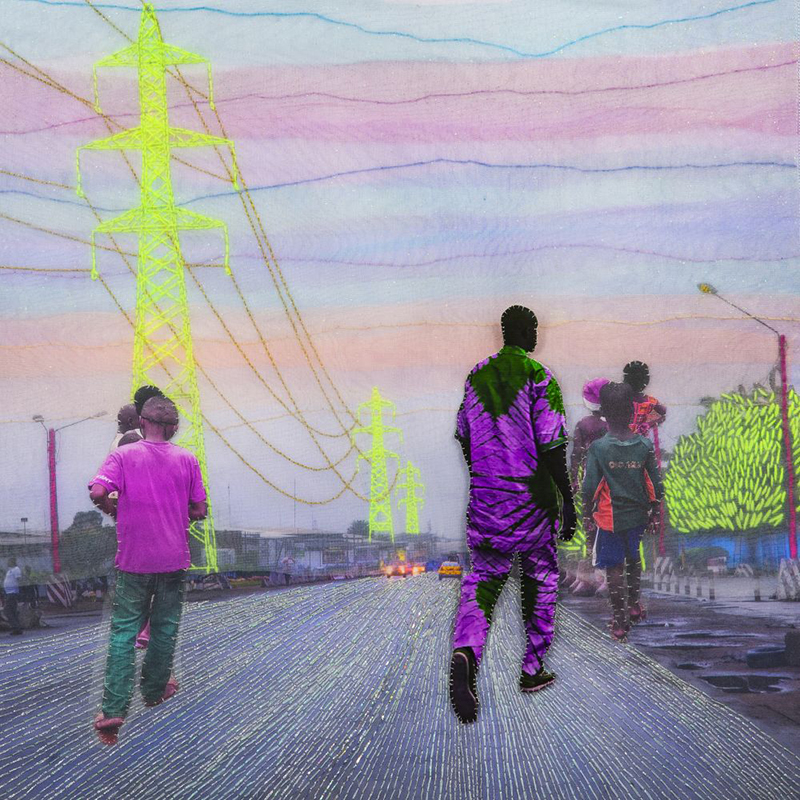
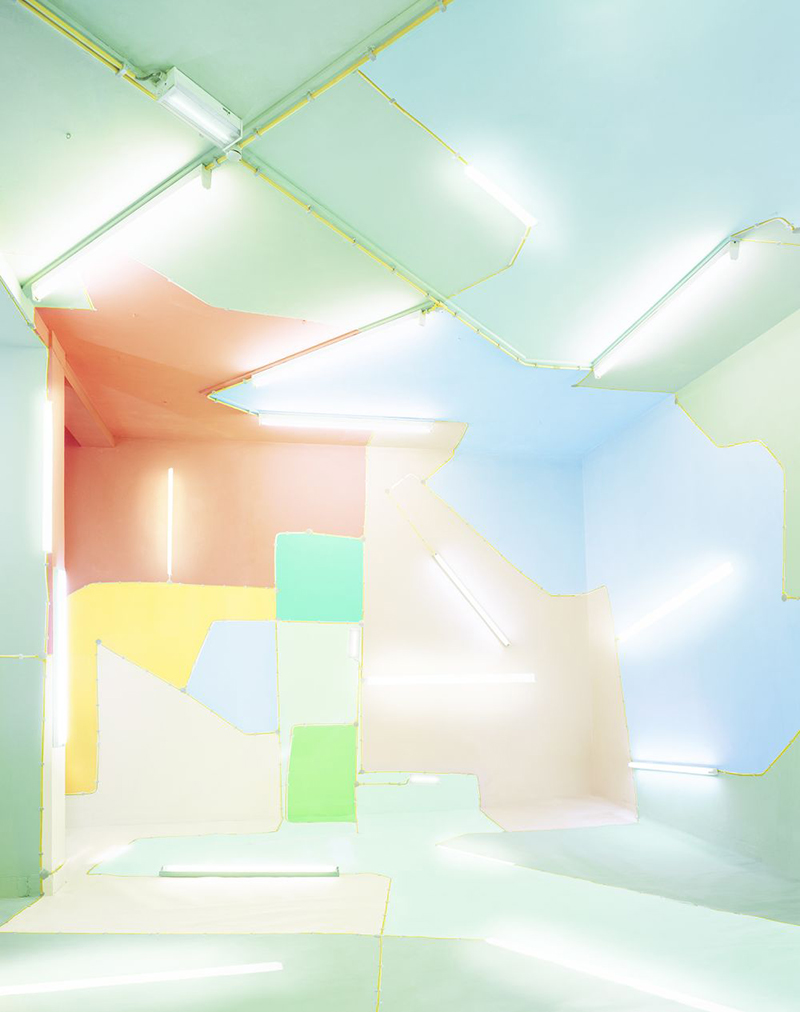
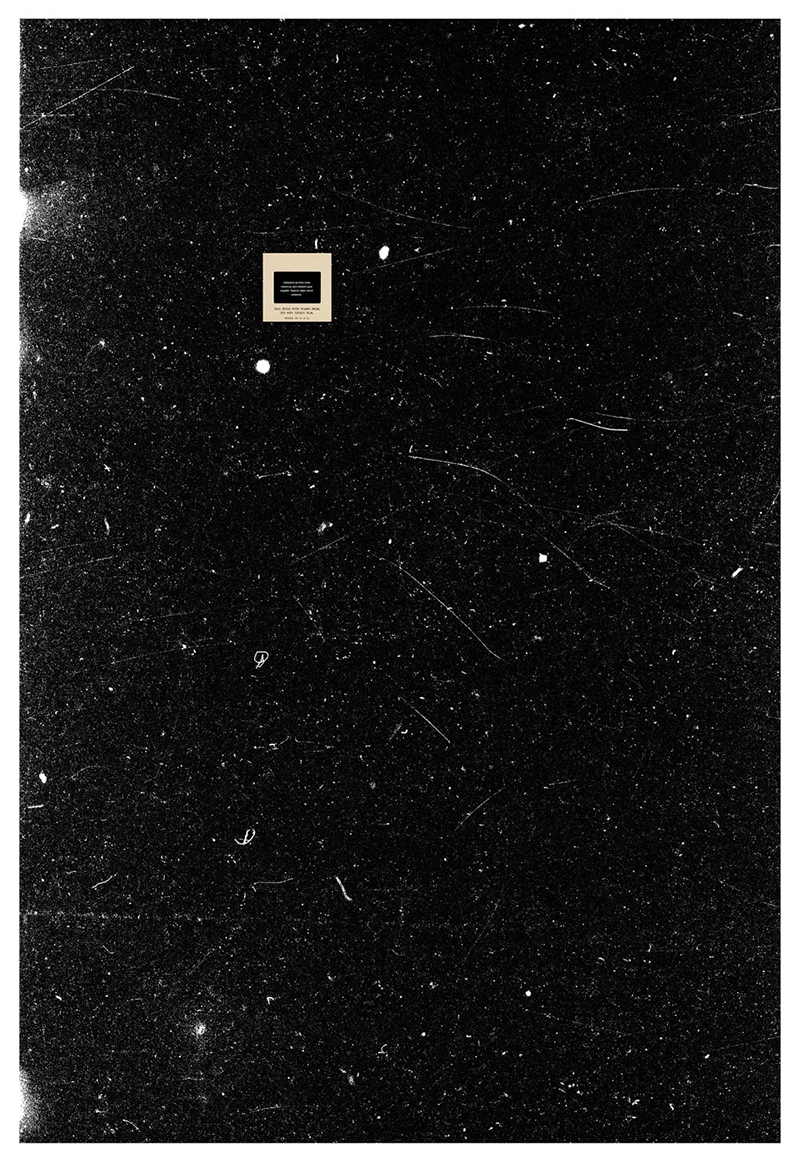
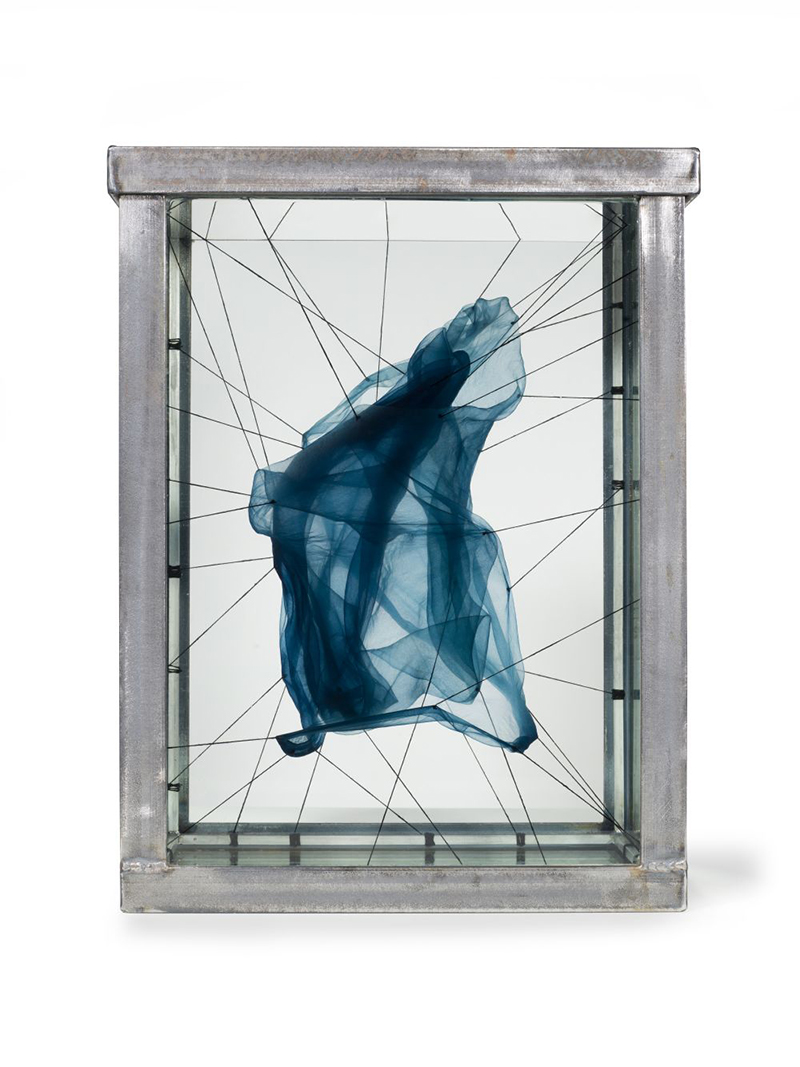
English version
WHY UNSEEN ?
Dear reader,
Because I like to think of you as a player as well as a lively and quick-witted, I offer you an article with a quizz-editing. You will be the one who will guess the images corresponding to the concepts mentioned in the article. The reason is not only playful, it is even perverse underground: it is that some images, deprived of their explanations, seem to me to be of an undecided formal nature, likely to make the spectator hesitate. This explains why the images are collected at the end of the article. It’s up to you to play, knowing that there will be no mistakes, but rather fertile interference…
The international fair based in Amsterdam and appropriately named Unseen is a kind of place at the forefront of new trends in photography. In business mode, we would call it an innovation forum, full of start-ups that will make the world of tomorrow. We are therefore expecting an avant-garde form of photography.
But in fact, what would be an innovative photography?
Here, in Unseen, it is often a photograph that evacuates reality, pretending to push it gently towards the edge of the precipice, to better hold it by the arm before falling out of the image, allowing it to exist only by rare clues, or through the discourse that describes the process of generating the work.
The photograph sometimes echoes the slogan adopted by a yoghurt brand in the 1980s: « with real pieces of fruit in it ». What would become, applied to photography: « with real pieces of reality in it », the redundancy between real and reality perhaps not even really one, so much is the validity of this reality being called into question (threatened to become the simulacrum of itself, Baudrillard would have said).
If reality is no longer an end in itself, but rather a starting point, a material, or even a pretext (in the strict sense of the term, a prerequisite for development), two main directions open up: dissolving reality to move towards an etherization of the image (the infra-thin, almost nothing) or transforming reality, whether by alteration or transformation/enchantment. This last way generating lighter, almost pop forms, close to the decorative one.
In this context of secondaryisation of reality, the work on the process of creating works (the result of a thought and programmed elaboration), the search for original supports and the invention of new plastic gestures end up combining and coming to the fore.
Very often, photography escapes its flatness and mixes its genes with other media. Here the sewing, there the glass engraving. Further on, his skin blossoms in a liquid solution like a specimen floating in formaldehyde. Playing with the frame is no longer even an audacity….
Here, a gap with other events devoted to photography is beginning to emerge: in Unseen, with few examples, photography is not very much hybrid with text. And in fact, there is relatively little narrative photography (I mean a photograph that tells stories). The artist’s « I » is rarely put forward. The work and its visual quality prevail, often without autobiography.
This is where the fair stands out quite strongly from festivals that focus more on the stories told by photographers. But of course, the aims of a fair should not be confused with those of a festival: visual production must not only seduce or convince, it must appear as an exchange value.
However, it must be noted that with reality, it is also the politically or socially committed content that is partially evacuated. The object of many of the works presented is more a subversion of forms than a political questioning in touch with current events. On the surface, luxury, calm and voluptuousness rather than noise, fury and commitment.
But to be honest, I am one of those who believe that art is not more profoundly political when it holds out an openly militant content or when it adopts the modes of expression of the claim. To put it another way, the way it affects individual consciousness, a painting by Rothko is no less political than a performance by Valie Export.
In this sense, the obstinate quest of the invisible or the never-before-seen does not deter us from the movement of the world. For the visual revolutions of a medium echo the moments of shifting gaze that follow the invisible evolutions of our civilizations.
Still Unseen.
Bruno Dubreuil with the attentive reading of Silvy Crespo
